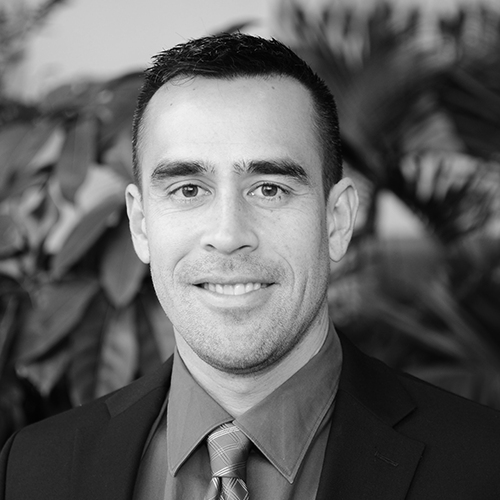When Wendy Hufford was hired to be the leader of legal cost optimization as vice president and deputy general counsel at ITT, one of the most important facets of her role involved the creation of a preferred provider legal network. In just nine months, Hufford’s work would cull an unwieldy roster of more than 400 different law firms used by the company down to just eighteen firms in the United States and five firms across the rest of the world shortly thereafter.
The status quo that Hufford’s colleagues had previously enjoyed saw them availing themselves of whatever legal advice they wanted however they wanted it, so it’s safe to say the change that Hufford would be leading might not have been popular with the people it would most affect. Nevertheless, the way Hufford tells it, convincing her brand new colleagues to buy into the dramatic change was simple.
SYSTEMATIC CHANGE
During her time at GE, Hufford built an “Early Warning System” that she’s since customized to create similar risk mitigation programs at other employers.
“I have learned over many years of practice that being proactive is far preferable than being reactive,” Hufford says.
The system, which stemmed from Hufford’s process improvement project for her Six Sigma green belt certification, approached litigation as a defect and sought to identify the issues and processes that led to litigation. That way, they could be addressed before manifesting themselves as lawsuits or regulatory investigations.
“The vision was to create a small network of outside providers with more favorable rates and free value added services for the company,” Hufford says. “Once the team and I could align the vision—that it was good for the company and good for them because we needed to save money to be a thriving organization—the project became very successful.”
Although it might have been easy for Hufford and the company’s general counsel at the time, Frank Jimenez, to pick the firms as a matter of prerogative, she took a much more painstaking path to earn buy-in from her colleagues.
“We created a selection committee and got everyone involved in the project so that everyone had a chance to interview firms, make the case for their favorites, and actively participate in the process,” Hufford says. “The people who felt passionately about it were able to express their views. That really helped everyone work together, and the company is still using most of the law firms picked out by that team.”
Having thrived in one exercise in leadership through change, Hufford found herself in a familiar situation when ITT announced plans to break the $11 billion company into three separate, publicly held companies. As Hufford had led the just-completed preferred provider project, she was tasked with acting as the project manager for the legal aspects of breaking up the company.
“There was a lot of anxiety,” she recalls. “I had to work with my colleagues to ensure that all of the necessary legal work was done, and that three separate stand-up legal departments could be created. And people were nervous about where they’d end up.”
Yet again, once Hufford was able to break all of the tasks associated with the transition into manageable pieces and allow people who were experts in each of the task areas to manage the associated workflow, she earned the buy-in of the project team that completed the split in just nine months.
By her own admission, Hufford wasn’t a transactional lawyer at the time—at least not in any conventional understanding of the role. Nevertheless, she learned the different components of the work that needed to be done by a transactional lawyer to complete the task assigned to her.
“I have been very lucky to have had exposure to so many areas,” Hufford says.
“Wearing many hats made me into a better, broader attorney and I feel capable of handling anything that gets thrown at me—even if it’s not in my specialty areas of litigation, investigations, and employment.”
The premium on adaptability carries over into the management style of her own team of twenty lawyers and paraprofessionals at Boehringer Ingelheim. Although the team has specialists, Hufford makes a concerted effort to let attorneys take on roles and projects that are outside their specialty areas.
“I think that helps them grow their skill set,” she says. “It inspires confidence that they can successfully handle any type of problem or issue.”
Hufford says her comfort with change and her ability to catalyze her team’s growth through role changes is a result of her experience in GE’s Change Acceleration Program earlier in her career. The program also instilled in Hufford the confidence to seize a significant career opportunity at Cardinal Health that involved moving her family to Ohio soon after she completed the program. Had she not enrolled in the first place, she questions whether she would have ultimately made the leap.
“The curiosity to learn new things has allowed me to go into many industries,” Hufford says. “A lot of people get boxed into one role early in their career. Because I’m curious and I like learning different things, I was never afraid to take a job in a new industry and I never doubted my ability to figure out a new industry or even apply process improvements from one industry to another.”


